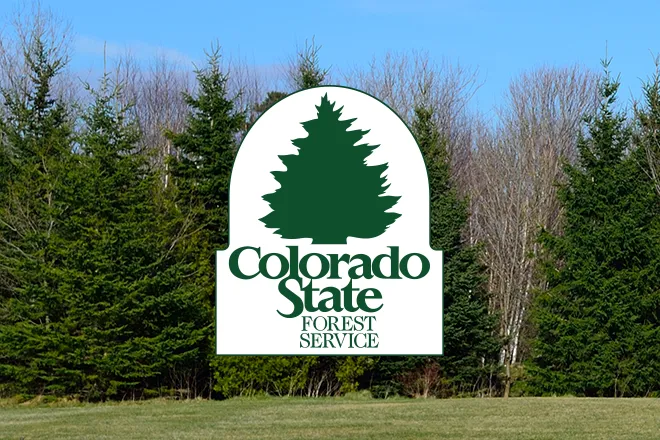
Bald eagle officially becomes national bird, a conservation success
Click play to listen to this article.
The United States has a national mammal, tree and flower but the status of America's most treasured bird was not always so clear officially or ecologically until now.
Last week, the bald eagle officially became the national bird of the U.S. More than 50 years ago, pesticide use had decimated bald eagle populations. Researchers recorded the lowest number of nesting pairs in 1963, at just 417.

Bald Eagle - pixels.com - anthony
Aimee Delach, senior policy analyst at Defenders of Wildlife, said pesticides like DDT worked their way up the food chain in a process known as biomagnification.
"A species like a bald eagle, which eats a lot of fish, they're essentially getting a dose from everything that those fish have eaten in their lifetimes," Delach pointed out. "Biomagnification is why these pesticide issues show up worst in some of the 'top of the food chain' animals, like bald eagles."
Delach noted pesticides interfered with the bald eagle's calcium levels, which caused eggshells to be weak and less likely to hatch. The federal government banned the use of DDTin 1972 and a conservation law brought the bald eagle back from the brink. In 1973, Congress passed the Endangered Species Act and ever since, bald eagles have made major rebounds.
The U.S. Fish and Wildlife Service estimates the bald eagle population now stands at more than 300,000. Many people assume the bald eagle has always been our national bird but while it has been a symbol on our country's seal for centuries, it had never been officially designated.
Delach added the decision is long overdue.
"It's really fitting that the bald eagle be our national bird," Delach asserted. "There are almost 70 species of eagle across the world but the bald eagle is the only one that's found only in North America. So it really is our national bird, as far as its territory and range."
The Endangered Species Act will celebrate its 51st anniversary Saturday.

















